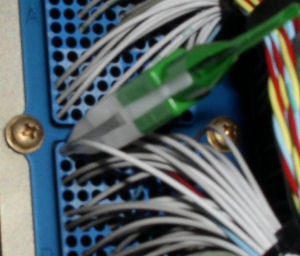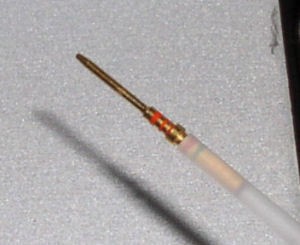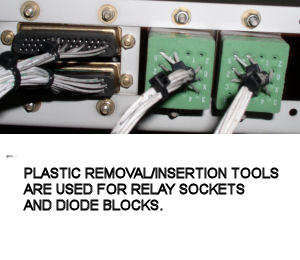| Rack Plugs |
||
|
Rack plugs are used for LRU interface. There are many types and sizes for component connections. Rack plugs are similar to rear release plugs, all pins are released and removed from the back of the plug.
Rack plugs use locking tabs for pin retention. The plastic removal/insertion tools can be used in the majority of applications for pin removal. Both sides (front/rear) of the plug are constructed with hard plastic. There is normally very little resistance to tool insertion and the pins are easily released.
|
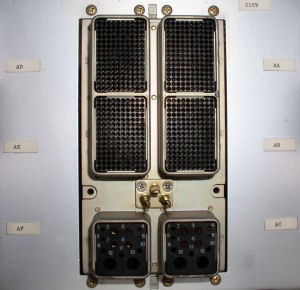 |
|
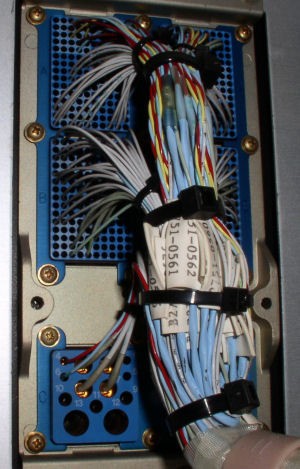 |
||
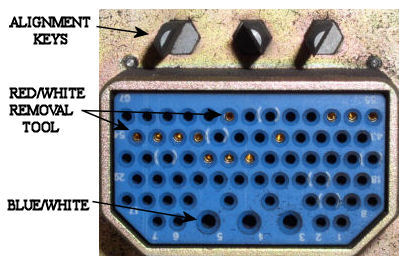 |
|
|
|
Quick Notes on Rack Plugs
Computer Racks
|
||
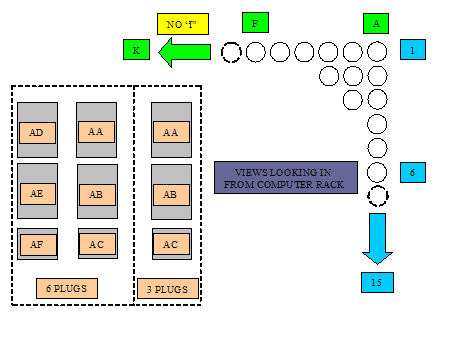 |
||
|
THE INFORMATION PRESENTED ON THIS SITE IS TO BE USED AS A GUIDE. APPROVED AIRCRAFT MANUFACTURER MAINTENANCE MANUAL PROCEDURES SHOULD ALWAYS BE FOLLOWED. |
||
